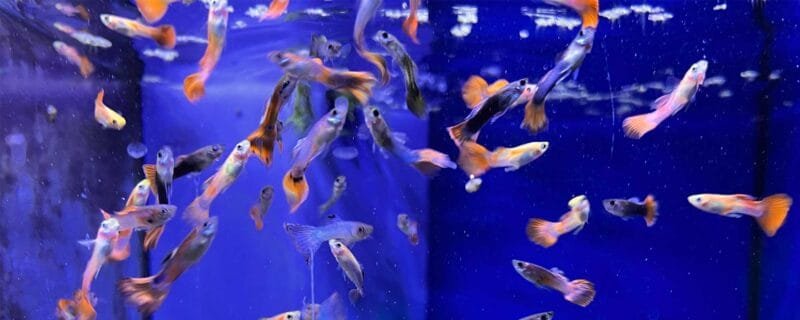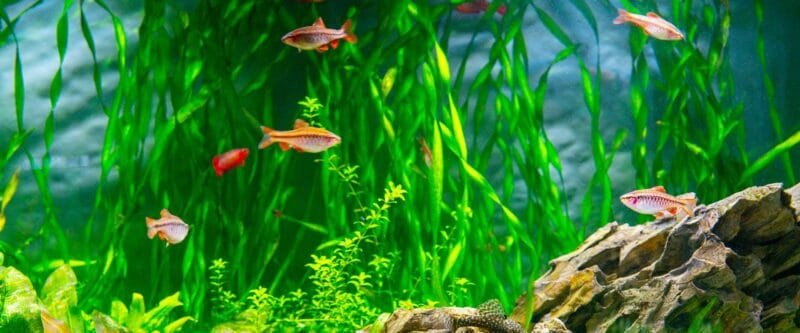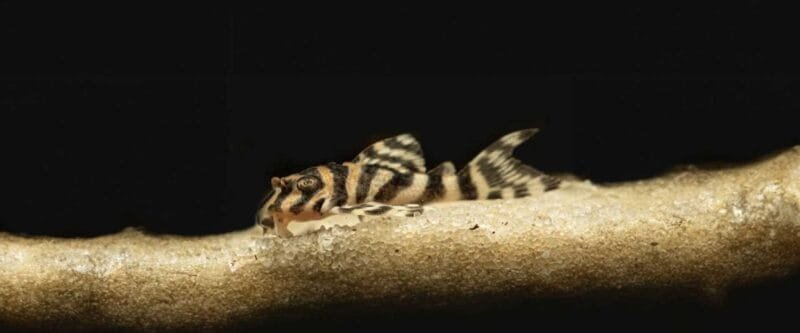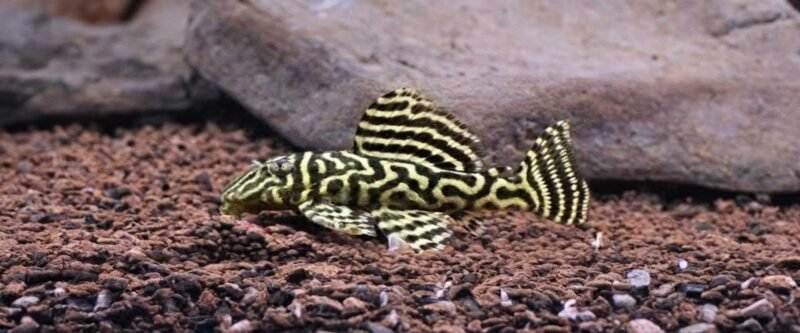Title: The Leather Carp: A Fascinating Aquatic Enigma (Cyprinus carpio lederius)
The Leather Carp, scientifically known as Cyprinus carpio lederius, is a captivating and somewhat mysterious subspecies of the common carp. This fish boasts a unique and intriguing appearance, making it a source of fascination for aquarists and nature enthusiasts alike. In this comprehensive blog post, we’ll explore the characteristics, natural habitat, suitability for community tanks, diversity, dietary preferences, alternative names, and tips for sexing male and female Leather Carp.
Characteristics and Size
The Leather Carp is celebrated for its distinctive appearance, featuring:
- Smooth, scaleless skin that resembles leather, in contrast to the typical scales of common carp.
- A robust and elongated body, similar to that of the common carp.
- A size that can vary but typically falls within the range of 8 to 20 inches (20 to 50 centimeters).
The absence of scales and the unique texture of their skin set the Leather Carp apart from other subspecies of carp.
Habitat and Native Range
Leather Carps are not found in the wild as a separate species; they are a color morph or variation of the common carp (Cyprinus carpio). Common carp, including Leather Carps, are native to Eurasia, with historical records indicating their presence in regions such as Eastern Europe and Asia. Over time, they have been introduced to various regions worldwide, including North America.
Suitability for Community Tanks
While common carp are often kept in large outdoor ponds or aquaculture setups, they are not typically recommended for community tanks due to their size and feeding habits. Leather Carps can grow quite large, making them incompatible with smaller tankmates. Moreover, their dietary preferences can lead to disturbances in the tank’s substrate.
Diversity: How Many Types Are There?
Leather Carp is a specific color variation of the common carp (Cyprinus carpio) and is recognized by its unique, scaleless skin. Within the common carp category, there are various color variations and morphs, each with distinct characteristics.
Diet and Feeding Habits
Leather Carps are omnivorous, with a diet that includes:
- High-quality carp pellets and flakes.
- A variety of live or frozen foods such as bloodworms, brine shrimp, and daphnia.
- Vegetable matter, including blanched zucchini, cucumber, and spinach.
Offering a balanced diet with a mix of protein and plant-based foods is essential for their health and well-being.
Alternative Names
In addition to Leather Carp, these fish may be known by alternative names such as:
- Scaleless Carp.
- Leather Skin Carp.
How to Differentiate Male and Female Leather Carps
Sexing Leather Carps can be challenging, as they do not exhibit pronounced sexual dimorphism. However, there are some general indicators:
- During the breeding season, females may appear plumper, especially when carrying eggs.
- Males may develop small, hard spines on their pectoral fins, which can be used for territorial displays and can be felt when touched.
Conclusion
In conclusion, the Leather Carp (Cyprinus carpio lederius) is a unique and intriguing subspecies known for its scaleless skin and enigmatic nature. While they may not be the typical choice for community aquariums, they can be appreciated for their distinctiveness in dedicated setups. Their presence continues to pique the curiosity of those interested in the diversity of aquatic life.
Picture Credit: Oscar Morey












